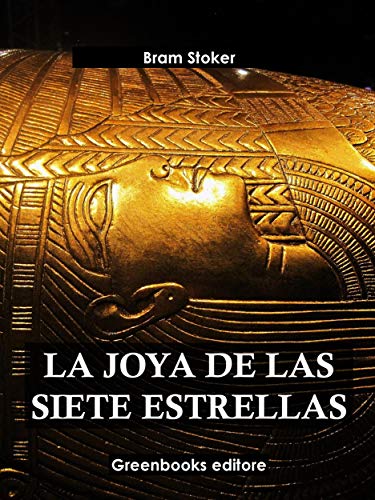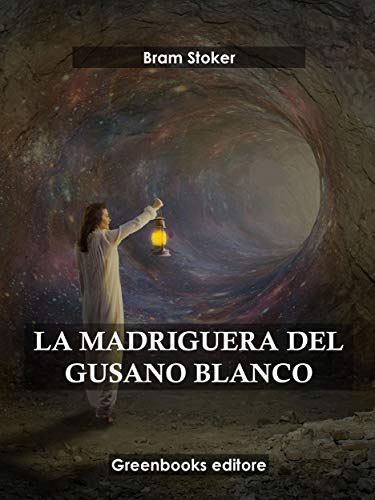Considering chronologically Mary Shelley, Edgar Allan Poe and to himself Bram StokerIt can be said that the horror genre, with its first Gothic ramifications, took off with force in the XNUMXth century as a mass genre on both sides of the Atlantic.
In the case of Bram Stoker, in the same way that it happened with Shelley and his "Frankestein or the modern Prometheus", his work "Dracula" was a difficultly achievable summit with new narrative proposals. It was so to the point that Stoker's fictional character actually engulfed the historical legend.
Dracula is the quintessential vampire Bram Stoker, the absolute emblem. A protagonist with that haunting halo from the real existence of Vlad Tepes. Dracula is the part for the whole and any reference to vampirism inevitably passes through this character who was transformed and adapted many times in new plots or movies. Being badly dead, the terrifying banshee already has very varied connotations as an admired and erotically charged antihero in many adaptations.
But beyond Dracula, Bram Stoker knew how to maintain his own high-quality bibliography. On many occasions the author declines after presenting his masterpiece. This is not the case with this contemporary Irish writer of Oscar Wilde, with whom he even formed a singular love triangle that could be talked about at length ...
But sticking to the literary, as I say, Bram Stoker wrote a lot and good. From his handwriting, interesting mystery or horror novels were born, always with enough narrative tension to be able to park the memory of his eclipsing character Dracula.
Top 3 Recommended Books By Bram Stoker
Dracula
Vlad Tepes really could have been a good man in his origins and then came the government from his dark side. It was the XNUMXth century and the Ottoman Empire was trying to expand to all sides. In these, after various vicissitudes that even led him to be captured, and as the prince of Wallachia and defender of his land, he began to spread his ominous practices with the enemies.
The truth is that it is nothing that differs much from any president to one degree or another in a fifteenth century still not very open to human rights or war crimes. The point is that Bram Stoker saw in him the ideal protagonist of his novel.
Nothing better than a kind of hero with a noble soul to end up harboring the dichotomous idea of good and evil in the same person, pointing directly to all our contradictions as human beings that we can manifest in one or another sense of being.
The writer's own fiction ended up endowing Dracula with that soulless existence, relying on the romantic touch that supposed to look back centuries ago, towards an exotic land at that time such as Transylvania.
The origin of the novel, adjusted to an epistolary genre, has undergone many variations to change times and rhythm, but the essence sticks to what is narrated by the author.
One of the latest editions is this:
The jewel of the seven stars
A mystery writer and fascinated by the great enigmas of humanity could not ignore the charm of Egyptology, a culture rich in legends about life and death.
In this novel we set out on a journey with Abel Trelawny who convinces his daughter Margaret and her boyfriend Malcolm Ross to undertake a trip to Egypt.
The father's intentions will be upset by a great secret that his own daughter harbors, a matter that will turn one of the novel's twists into a memorable moment.
For the rest, the way of conducting this adventure between mummies and pyramids reveals a profession already consolidated after the great success of Dracula.

The burrow of the white worm
In 1911, a year before his death, Bram Stoker published this novel. The title itself can already be understood as an invitation to a fantastic world, probably much more dreamlike and unfathomable than other of his more solidly constructed novels.
Perhaps knowing that this novel represented a thematic disruption in the author, it ended up captivating me more than others like La dama del sudario. Characters from this world and from another far away where monsters become symbols.
The protagonist of the novel, a snake, ends up acquiring the necessary human form that will give meaning to the novel. Lady Arabella is that snake who knows what her nature is.
She will approach men to devour their soul and their riches. They say that dreaming of snakes has a sexual connotation ... and the novel also advances there.
An exercise in fantasy liberation towards Gothic eroticism, a web of subplots that lead through an imaginary of splendid decadence, disconcerting and at the same time magical.



7 comments on “The terrifying Bram Stoker, his 3 best books”